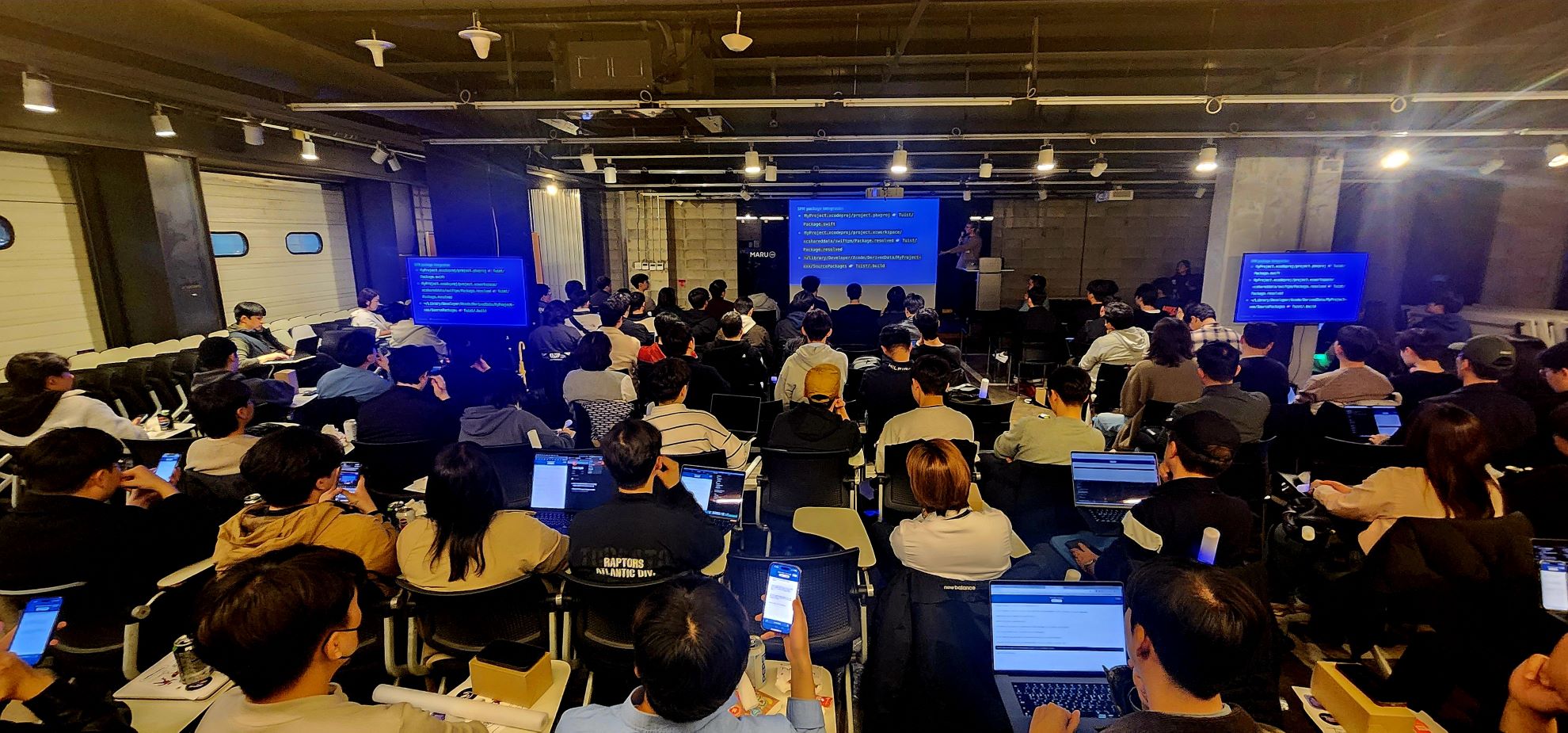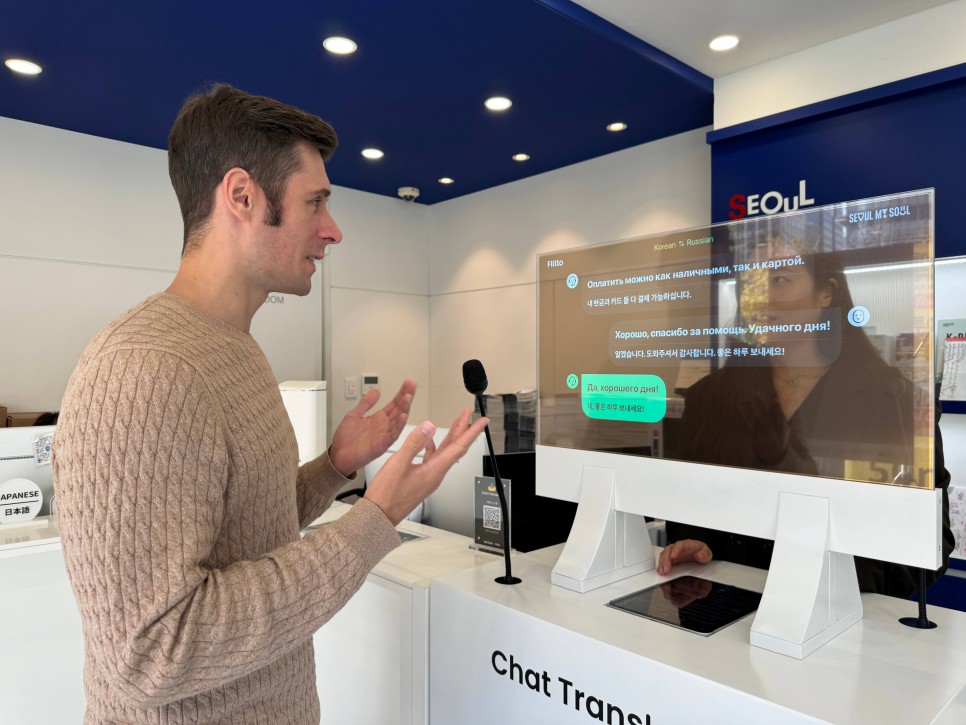Real-time AI interpretation is one solution that brings us closer to a language barrier-free world. Just few years ago, it was hard to imagine this technology being actually useful. Machine translation (MT) capacities in many engines fell short. Speech recognition or speech-to-text (STT) engines were too fallible when mixed with background noises.
Today, technologies that form AI real-time translation boast significant accuracy and efficiency. In this article, we will look into what this multilingual AI technology is, how it works, its application cases, as well as their challenges and limitations so far.
What is real-time AI interpretation?
Most AI translations happen almost in real time. So when we talk about real-time translation powered by AI, what does it really mean?
When we say real-time AI translation, it most often than not pertains to the translation systems that resemble simultaneous interpretation. Typical AI translation systems involve a person typing a text and an AI engine machine-translating that text. On the other hand, a real-time AI translation model would involve a person speaking, and an AI engine converting that speech into text and then translating that text. In other words, it is a combination of two domains in linguistic AIs: Speech-to-text conversion and machine translation.
By unlocking the aspect of speaking and hearing, AI real-time translation opens up a lot of new exciting possibilities.
How do real-time AI interpretation systems work?
Simultaneous AI interpretation systems require two major AI engines to function.
- Machine Translation (MT)
- Speech-to-Text (STT) Engine
The resulting AI interpreter’s performance depends heavily on the quality of both of these engines. For instance, even if the machine translation boasted 100% accuracy, it would be useless if the STT engine had input a completely different text than what the speaker intended to say.
In addition to the two essential AI models, the developer might also add different AI services. Text-to-speech generation AI is a popular addition for a fuller AI “interpretation” experience. In this case, once the machine translation has been generated, the AI model can speak back to the listener.
Where can we use AI-powered real-time translators?
There are limitless possibilities on the application of these smart AI translation systems. Here are some examples on where their related systems have been deployed for actual use:
Tourist information centers
Recently, the Seoul Metropolitan Government of South Korea has introduced a brilliant screen-type kiosk that can bridge international visitors and the center’s staff. The base model is an effective, state-of-the-art AI system that can understand and translate from and to 38 languages. Equipped with a transparent display, the system also offers its users a carefully preserved conversational experience.


Flitto Chat Translation, installed at the tourists’ heart of Seoul, Korea
This smart kiosk’s STT engine utilizes an advanced context recognition system for higher accuracy. However, just in case it misses some words, users can also choose to manually edit their sentences.
We are proud to mention that this project was a result of Flitto’s partnership with the South Korean capital city. Today, this smart kiosk is learning new vocabularies by day and helping tourists better navigate the city.
International phone calls
On-device forms of AI, or compact AI systems that fit into a device, are beginning to change the horizons of AI applications. Samsung’s recent Galaxy S24 release is a good example of an on-device AI translator in action. When a user selects the real-time translation option when on a phone call, they will be able to use speak their own language to the recipient in order to understand one another.
Multinational conferences and seminars
AI interpreters are gaining traction in business and conference settings too. Previously, if an event host wanted to invite international speakers to deliver a presentation, it meant they had to hire simultaneous interpreters to translate the speech in real time. This often entails other requirements, such as the provision of booths and devices for interpreters to use, and the high cost associated with them.
However, by using smart AI translation systems, the host can provide a diverse language option for guests and speakers without needing to hire a huge team of interpreters. All they would need is their own devices.

Challenges in today’s real-time AI interpretation
The biggest challenge in the real-time AI translation technology, and perhaps every other AI solutions that involve natural language processing (NLP), is that the human language is incredibly complex.
We often hear arguments on how AIs would never fully grasp the complexities in human communication. This may be true to a certain extent, as humans use both verbal and non-verbal communication. This means we use not only words, but also tones and nuances, body languages, and even silence to convey meaning.
A specific instance among the more difficult challenges for AI interpreting systems is that they tend to have a hard time distinguishing pauses from a full stop in a sentence. To solve this problem, some advanced real-time AI translation systems, like Flitto Live Translation, have automatic sentence detectors but also provide an option where users can manually cut their sentences whenever appropriate. This allows the translation to be much more accurate.
Wrapping up…
Seeing real-time AI interpretation services in action is a surreal experience that almost feels like science fiction. At Flitto, we also actively use our very own real-time translation solution, Live Translation, in meetings with global clients. Everyone can speak in their own language, and no one has to worry about the anxiety of having to communicate in an unfamiliar language. It would not be an exaggeration to say that they are the closest existing solution for a borderless global communication.
The complexities in human language leave some room for improvement within these AI systems. Nonetheless, AI models are better than ever today, and with the right language data to supplement the deficiencies, these multilingual AI solutions will be a powerful daily tool to streamline communicative experiences worldwide.
To find out more about Flitto’s advanced real-time AI translation solution, click here.
